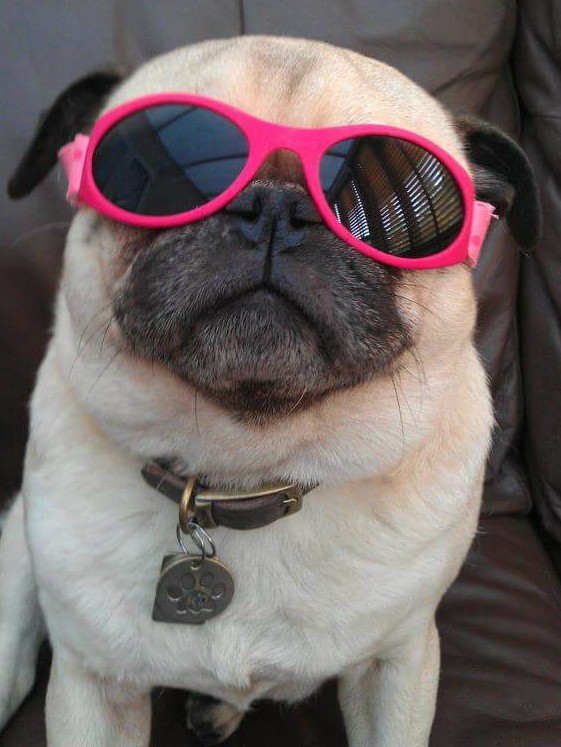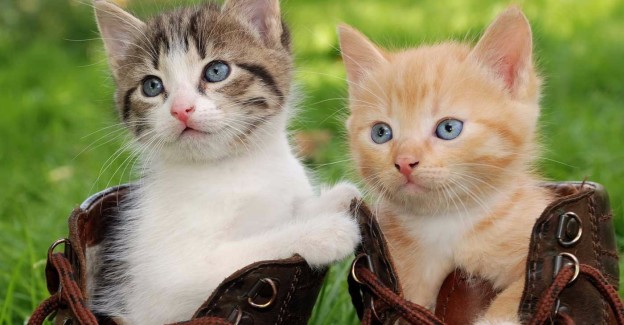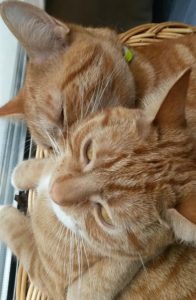Does your pet ever suffer with bad eyesight or need glasses?
As dogs and cats get older (usually over 9 years old) they may develop a blue-grey cloudiness to the eyes , which is due to ageing changes in the lens (called nuclear sclerosis). This does not cause a loss of sight, and does not require any treatment. It tends to be more noticeable in dogs, perhaps because of their bigger eyes. Many people confuse the appearance with cataracts (which can cause blindness), and examination by a vet will be needed to differentiate these conditions.
Things to watch out for, if you suspect your pets eyesight is not what it used to be.
Have you noticed your dogs behaviour pattern changing? Including bumping into things, becoming more ‘jumpy’ when touched and sometimes aggression to other dogs. These could be the start of a vision problem. Make notes of things that you notice, where it happened, if it was in bright light or darkness. As with any condition prompt attention and early diagnosis can be key to help treating conditions.
Pets can suffer with Cataracts too, just like humans.
Cataracts can be hereditary, which tend to occur earlier in life, or age related occurring in later life. Diabetic dogs (not cats though) are predisposed to cataract formation also. Typical causes for Cataracts in canines can include genetic abnormalities, diabetes mellitus, old age, eye inflammation, trauma and chronic eye infections.
Cataracts usually start small and in the first stages will be unlikely to cause vision problems, but Cataracts can grow so it is important to monitor its growth and check both eyes, as they can be found in one or both eyes.
If your pet has a cataract, then cataract removal may be possible to restore vision. It is similar to people needing glasses as they get older. We can’t provide them with glasses yet but who knows in the future !!!




